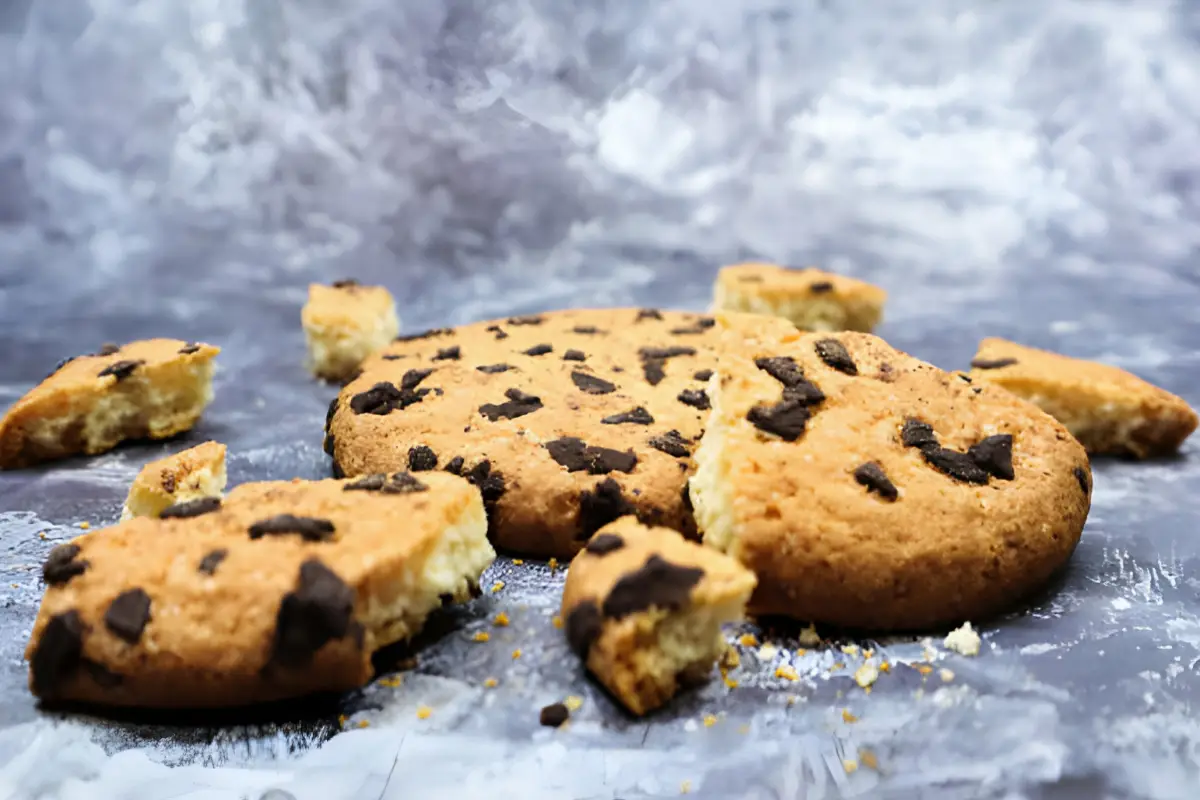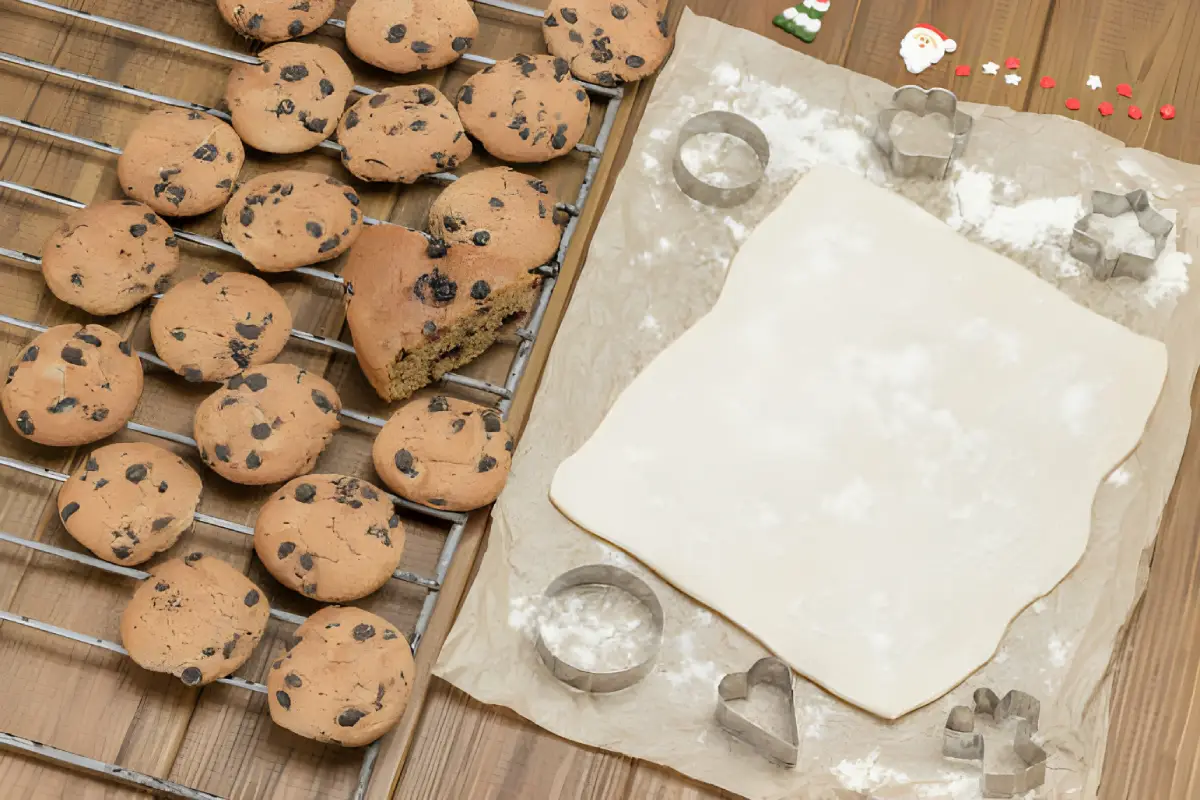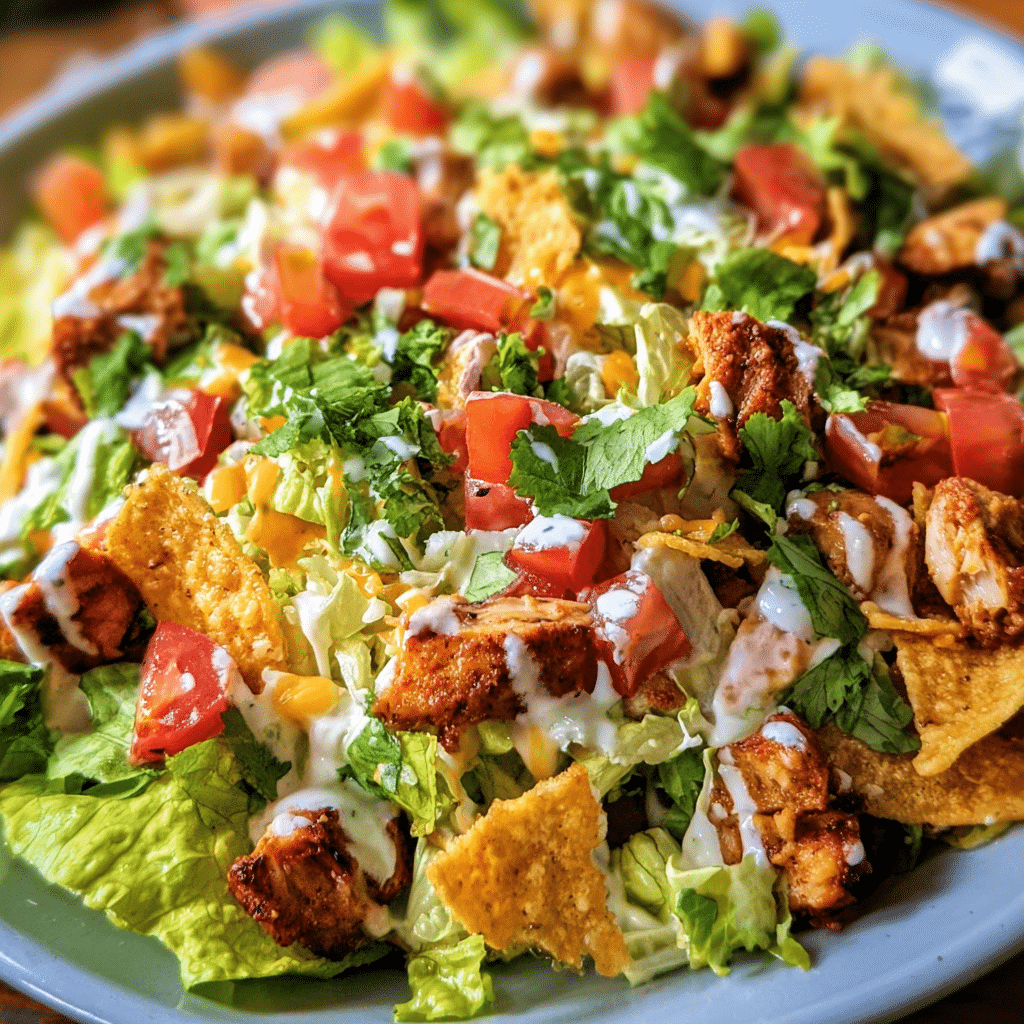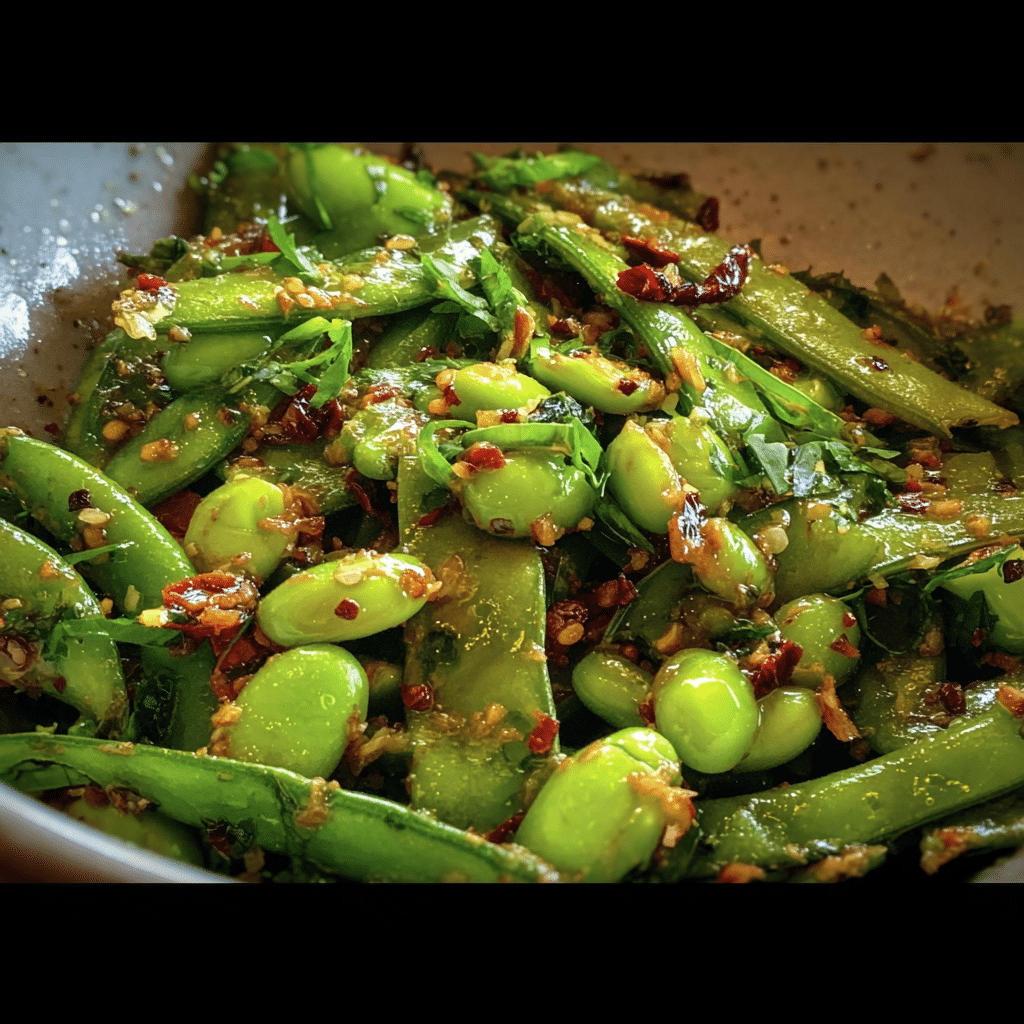Understanding the Problem: Why Are My Toll House Cookies Always Flat?
Flat Toll House Cookies, a staple in American baking, have a rich history dating back to the 1930s. Originally created by Ruth Graves Wakefield, these cookies have become synonymous with warm, comforting, and delicious treats that bring families together. Achieving the perfect cookie texture—crispy on the edges with a chewy center—is a baking goal many strive for. However, a common issue faced by bakers is cookies that spread too much and end up flat. Let’s delve into the history and importance of achieving that ideal texture.
Introduction to Flat Toll House Cookies
- Brief History: The Toll House Cookie was accidentally invented at the Toll House Inn in Whitman, Massachusetts. Ruth Graves Wakefield added chopped up bits from a Nestlé semi-sweet chocolate bar into her cookie dough, expecting the chocolate to hold its shape. Instead, the chocolate melted, creating the first known version of the chocolate chip cookie.
- Importance of Texture: The allure of a Toll House Cookie lies in its texture. The perfect cookie offers a delightful contrast between the crispy edges and the soft, chewy center. This texture not only pleases the palate but also evokes a sense of nostalgia and comfort.
Achieving the perfect texture can be a challenge, often leading to the question: “Why are my Toll House Cookies always flat?” Understanding the roles of ingredients, mixing methods, and baking conditions can provide insights into this common dilemma.
Common Causes of Flat Tall House Cookies
Achieving the perfect Toll House cookie texture can sometimes be a challenge, with one of the most common issues being cookies that turn out too flat. Understanding the reasons behind this can help you adjust your baking process for better results. Here are the key factors that contribute to flat cookies and how to address them.
Incorrect Butter Temperature
- Ideal State: Butter should be at room temperature, not melted or too hard.
- Why It Matters: Room temperature butter creams perfectly with sugar, creating air pockets that help cookies rise during baking.
- Solution: Allow butter to sit out for about 30 to 60 minutes before baking, or cut it into small pieces to speed up the process.
Mis-measurement of Ingredients
- Precision is Key: Baking is a science, and the correct ratio of ingredients is crucial.
- Common Mistake: Using too little flour or too much sugar can cause cookies to spread too much.
- Solution: Use a kitchen scale for accuracy, or fluff your flour with a spoon before measuring it with a cup.
Overmixing the Dough
- Effect on Texture: Overmixing can lead to tough cookies and can cause them to spread too much.
- Why It Happens: Overmixing develops the gluten in the flour.
- Solution: Mix just until the ingredients are combined. Once the flour is incorporated, stop mixing.
Oven Temperature Inaccuracies
- Consistent Heat: An oven that’s not properly calibrated can lead to uneven baking.
- The Result: Even if you do everything right, an incorrect oven temperature can ruin your batch.
- Solution: Use an oven thermometer to ensure accurate temperature. Preheat your oven for at least 15 minutes before baking.
Ingredient Analysis: Preventing Flat Toll House Cookies
Understanding the role of each ingredient in your Toll House cookie recipe is crucial for achieving the perfect texture and preventing your cookies from turning out flat. Here’s a detailed analysis of key ingredients and their impact on your cookies.
The Role of Flour and the Importance of Proper Measurement
- Flour provides structure to your cookies. Using too little can result in flat cookies.
- Proper Measurement: Spoon the flour into your measuring cup and level it off with a knife to avoid packing too much.
Consider exploring how to measure ingredients accurately for more tips on precision in baking.
How Butter’s Temperature Affects Spreading
- Room Temperature Butter is ideal. Butter that’s too warm can cause your cookies to spread too much during baking.
- Tip: Cut your butter into small pieces to speed up the softening process without melting it.
The Impact of Sugar Types on Cookie Texture
- Granulated Sugar makes cookies crispier, while Brown Sugar adds moisture for a chewier texture.
- Balance: Using a mix of both can help you achieve a balanced texture.
Solutions and Alternatives: Correcting Measurement Techniques
Achieving perfection in baking often boils down to the precision of your measurement techniques. Incorrect measurements can lead to common baking issues, such as flat cookies. Here’s how to properly measure both dry and wet ingredients and why using the right measuring tools is crucial.
How to Properly Measure Dry and Wet Ingredients
- Dry Ingredients:
- Use a spoon to fluff up the flour within its container.
- Spoon the flour into the measuring cup until it’s heaped on top.
- Level off the heaped flour with the back of a knife to get an accurate measurement.
- Wet Ingredients:
- Use clear measuring cups designed for liquids.
- Pour the liquid into the measuring cup and check the amount at eye level to ensure accuracy.
Understanding the distinction between measuring dry and wet ingredients is essential for the consistency and success of your recipes.
The Importance of Using the Right Measuring Tools
- Dry Measuring Cups are best for ingredients like flour, sugar, and cocoa powder.
- Liquid Measuring Cups are designed for water, milk, and oil.
- Measuring Spoons are used for both liquid and dry ingredients in small quantities.
Adjusting Ingredient Temperatures
The temperature of your ingredients can significantly impact the texture and spread of your Toll House cookies. Managing the temperature of butter and chilling your dough are two crucial techniques for achieving the perfect cookie.
Tips for Managing Butter Temperature
- Room Temperature Butter is ideal for creaming with sugar, which introduces air into the dough for a lighter texture.
- Softening Butter: Allow butter to sit out for 30 to 60 minutes before use. If pressed for time, cut the butter into small pieces to soften more quickly.
- Avoid Melting: Melted butter can lead to flat cookies. If your recipe calls for melted butter, chilling the dough becomes even more essential.
Understanding how to manage butter temperature can help you avoid common baking pitfalls and achieve the desired consistency in your cookies.
Chilling the Dough: Benefits and Techniques
- Reduces Spread: Chilling solidifies the fat in the cookies, reducing spreading during baking.
- Enhances Flavor: Cold dough allows flavors to meld together, resulting in a more complex taste.
- Technique:
- After preparing the dough, cover it and refrigerate for at least 1 hour, or overnight for best results.
- For thicker, more flavorful cookies, chilling is a step you shouldn’t skip.
Oven Temperature Calibration
Ensuring your oven is accurately calibrated is crucial for baking success, especially when it comes to achieving the perfect Toll House cookies. An oven that runs too hot or too cold can lead to unevenly baked goods, including the dreaded flat cookie. Here’s how to check and calibrate your oven, along with understanding the impact of oven hot spots on baking.
How to Check and Calibrate Your Oven
- Oven Thermometer: Invest in an oven thermometer to check the accuracy of your oven’s temperature settings.
- Place the thermometer in the center of your oven.
- Preheat your oven to a specific temperature, then check the thermometer reading after 20 minutes.
- Calibration: If you find a discrepancy, consult your oven’s manual for instructions on calibration. Many newer ovens have a calibration setting that allows you to adjust the temperature offset.
Understanding how to properly check and adjust your oven’s temperature can make a significant difference in the outcome of your baked goods.
The Impact of Oven Hot Spots on Baking
- Rotating Baking Sheets: To combat hot spots, rotate your baking sheets halfway through the baking time.
- Baking in Batches: Avoid overcrowding the oven, as this can lead to uneven baking due to restricted airflow.
Identifying and adjusting for hot spots in your oven ensures that your Toll House cookies bake evenly, preventing them from becoming too flat or unevenly cooked.
Recipe Adjustments and Variations for Thicker Flat Toll House Cookies
Achieving the perfect Toll House cookie doesn’t always come easy, especially when you’re aiming for a specific texture, like thicker cookies. Here are some tweaks and alternative ingredients you can try to customize the texture to your liking.
Tweaking the Recipe for Thicker Cookies
- Chill the Dough: Refrigerate your cookie dough for at least 1 hour before baking. This helps prevent the cookies from spreading too much.
- Adjust Flour: Increase the amount of flour by a few tablespoons. This can give the cookies more structure and prevent them from flattening.
- Use More Baking Soda: Adding a little extra baking soda can help the cookies puff up more during baking.
These simple adjustments can make a noticeable difference in the thickness and texture of your cookies.
Alternative Ingredients for Different Textures
- Brown Sugar: Using more brown sugar than white sugar can result in a moister and denser cookie.
- Egg Yolks: Add an extra egg yolk to your dough. The extra fat content helps create a richer texture.
- Oats: For a chewier texture, replace some of the flour with rolled oats.
Advanced Baking Techniques and Final Touches
Mastering the art of Toll House Cookies involves more than just following the recipe. Advanced baking techniques and the right final touches can elevate your cookies from good to unforgettable. Here’s how to fine-tune your baking process for the best results.
Experimenting with Baking Times for Desired Outcomes
- Slightly Underbaked: For a gooier center, bake your cookies a minute or two less than the recipe suggests.
- Crispier Edges: Extend the baking time by a couple of minutes for a crisper texture.
Adjusting the baking time allows you to customize the texture of your cookies to your liking.
The Role of Finishing Salts and Their Impact on Flavor
- Flaky Sea Salt: A sprinkle on top before or immediately after baking enhances the sweet flavor and adds a crunchy texture.
- Why It Works: The contrast between sweet and salty deepens the overall flavor profile of your cookies.
Utilizing Parchment Paper vs. Silicone Baking Mats
- Parchment Paper: Promotes even baking and easy cleanup. Cookies tend to spread a bit more, offering a crispier edge.
- Silicone Baking Mats: Reusable and eco-friendly. They provide a non-stick surface and can result in slightly thicker cookies due to reduced spreading.
Each baking surface has its benefits, and choosing between them depends on your texture preference and environmental considerations.
Community Insights and Expert Advice
Leveraging the wisdom of the baker community can transform your Toll House cookies from flat to fantastic. Here, we highlight invaluable tips and tricks shared by experienced bakers and enthusiasts alike, along with expert advice for troubleshooting common baking issues.
Leveraging Baker Community Wisdom
- Chill Your Dough: A consensus among bakers for reducing spread and achieving thicker cookies.
- Measure Ingredients Precisely: Accuracy is key, as even slight deviations can affect the outcome.
Incorporating these community-tested strategies can make a significant difference in your baking results.
Expert Advice on Troubleshooting Common Cookie-Baking Issues
- Oven Thermometer: Experts recommend using an oven thermometer to ensure accurate baking temperatures, addressing one of the most common causes of flat cookies.
- Cookie Sheet Choice: Using the right type of cookie sheet can also impact how your cookies bake and spread.
FAQs: Perfecting Your Flat Toll House Cookies
When it comes to baking Toll House cookies, several questions often arise, especially when the cookies don’t turn out as expected. Here are answers to some frequently asked questions that can help you achieve thicker, more delicious cookies.
Can I Use Margarine Instead of Butter for Thicker Cookies?
- Butter vs. Margarine: While butter is preferred for its flavor, margarine can be used in cookie recipes. However, margarine may not necessarily lead to thicker cookies due to its higher water content.
- Tip: For thicker cookies, consider using butter and chilling the dough before baking.
Why Does Chilling the Dough Make a Difference?
- Prevents Spreading: Chilling solidifies the fat in the cookies. When baked, it takes longer to melt, reducing spread.
- Enhances Flavor: Cold dough results in concentrated flavors for a more delicious cookie.
Chilling the dough is a simple step that can significantly impact the texture and taste of your cookies.
How Can I Tell if My Oven Temperature is Off?
- Oven Thermometer: The most reliable way to check is by using an oven thermometer. If the temperature differs from what you set, it’s off.
- Baking Results: Uneven baking or consistent issues with recipes could indicate temperature inaccuracies.







